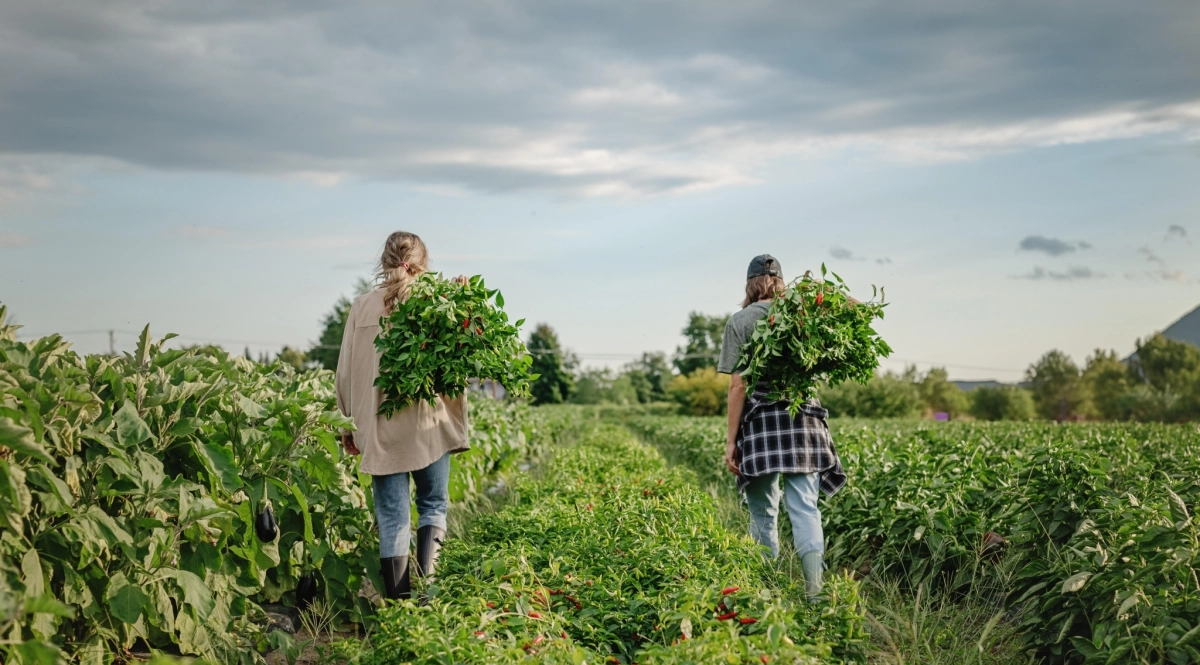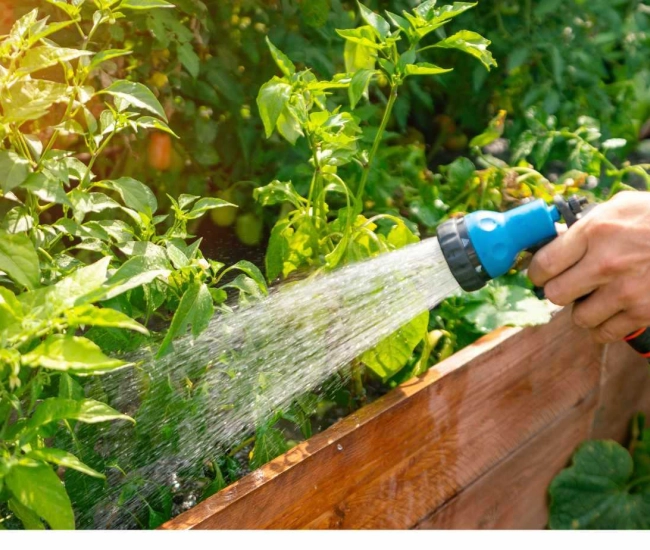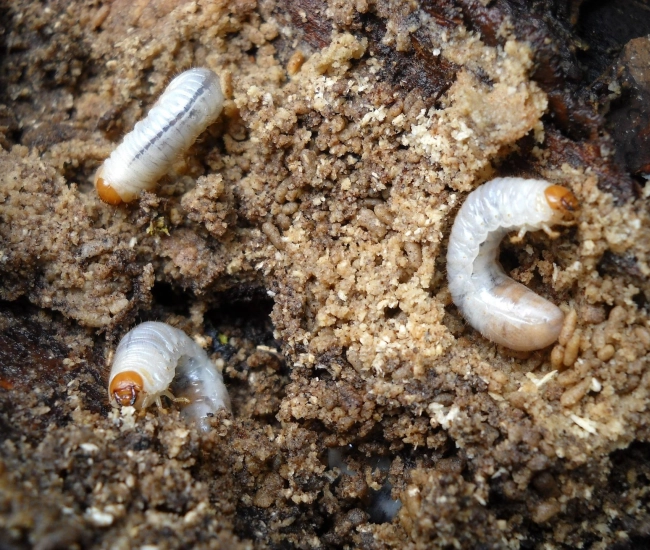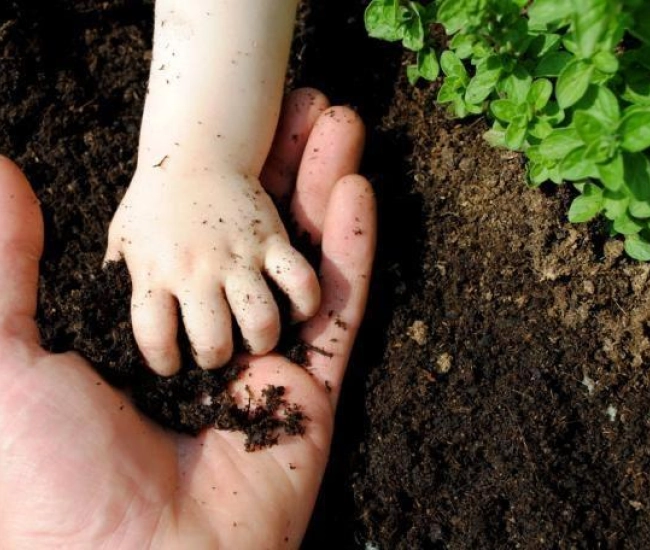
The choice of plants for your garden is not only based on aesthetics or light requirements. In Canada, one of the first criteria to consider is the hardiness zone. And for good reason: it determines whether a plant will survive the winter or not.
Since July 2025, Natural Resources Canada has offered a new version of its plant hardiness map, based on recent climate data (1991 to 2020). This is the first update in more than ten years, with the previous one based on data from 1981 to 2010.
Understanding Hardiness Zones
Hardiness zones are climate indicators that help determine which plants can withstand the winter conditions of a region. Unlike the American map (USDA), which is based solely on average annual minimum temperatures, the Canadian version uses a much more comprehensive multivariate index:
- Minimum temperature of the coldest month
- Length of the frost-free season
- Total precipitation
- Snow depth
- Wind strength
- Maximum summer temperature
These combined elements produce numbered zones from 0 (very cold) to 9 (very mild), sometimes followed by an "a" or "b" for additional precision. For example, a plant adapted to zone 5b can generally survive the winter in zone 6a... but not the reverse.
What Changes with the New Map
The results are clear: almost all of Canada is warmer than it was 30 years ago. In some regions, hardiness zones have increased by up to two levels. This is particularly the case in certain valleys of British Columbia and northern Ontario.
In Quebec, the changes are more moderate but still present. Part of Montreal is now in zone 6a, whereas it was in 5b in the previous version. The Quebec City region remains in zone 5a, but this zone has expanded.
Why Is This Important?
These adjustments broaden the possibilities. Plants previously considered too fragile become cultivable: hardy figs, southern fruit trees, exotic shrubs... Excellent news for curious gardeners and innovative landscapers.
But beware: a milder hardiness zone does not mean there will no longer be episodes of extreme cold, late frost, or heatwaves. The climate is becoming more unstable. It is therefore recommended to test new species gradually, observing them over several seasons.
To find out the zone assigned to your municipality, consult the interactive map of Natural Resources Canada here:
👉 Plant Hardiness | Natural Resources Canada
Adapt your horticultural choices to today's reality, and give your garden every chance to thrive.
— Passion Jardins, your green reference
Tips and advice



